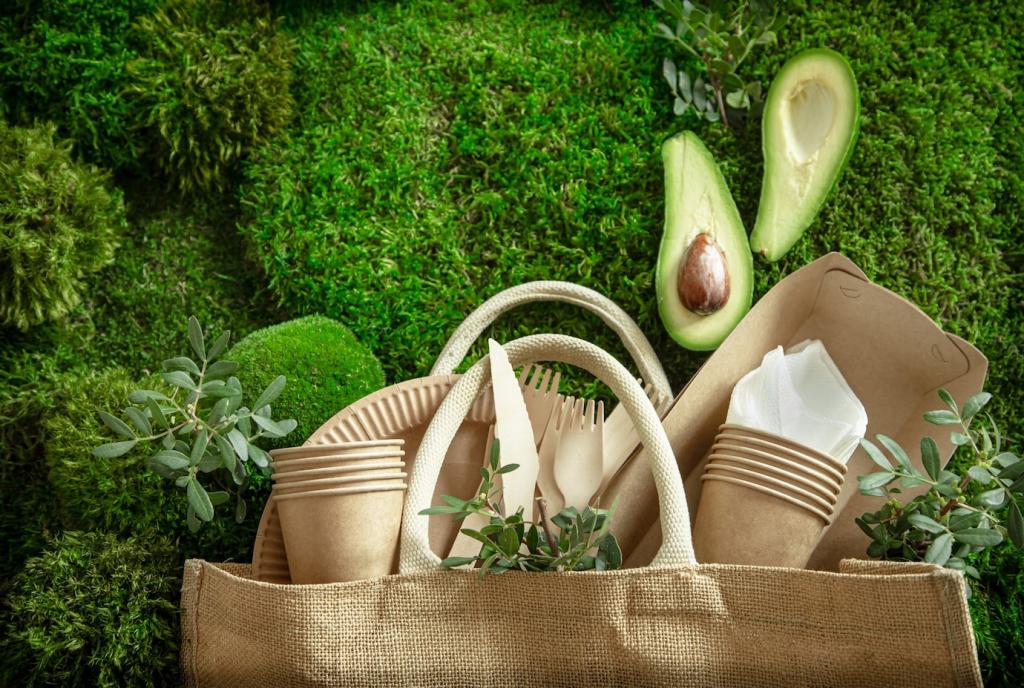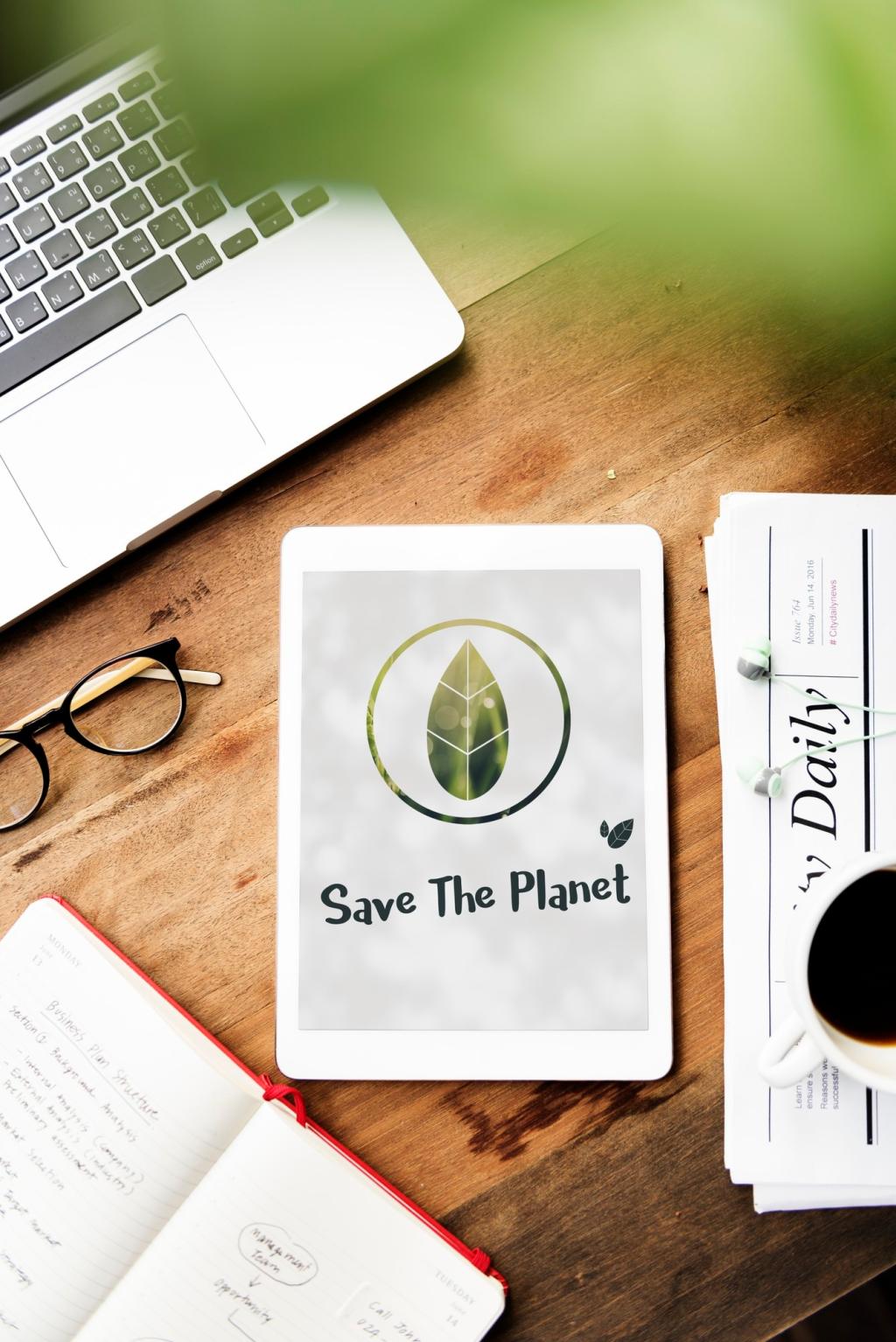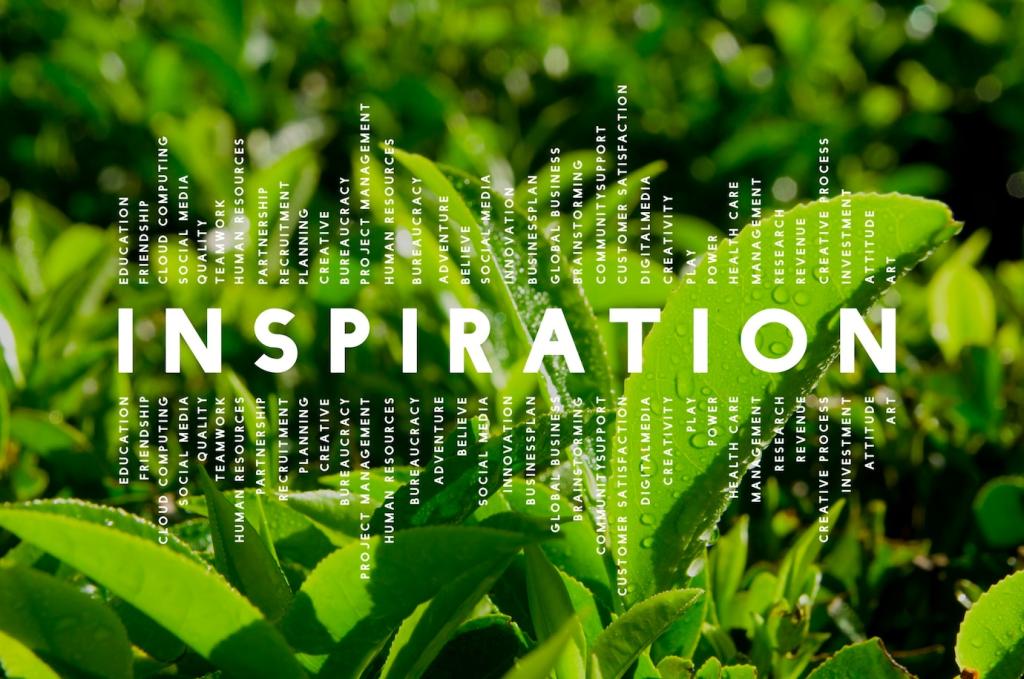
Biodegradable Home Decor Solutions
Explore how your home decor choices can help create a more sustainable future while maintaining style and comfort. Biodegradable home decor solutions are revolutionizing the way we furnish and adorn our living spaces, offering eco-friendly alternatives that reduce environmental impact. By choosing products that naturally break down and return to the earth, you can contribute to waste reduction and support a healthier planet without sacrificing aesthetics or functionality.
Natural Fiber Furnishings
Jute rugs and carpets are a classic example of biodegradable home decor. Their thick, woven fibers offer an earthy charm that complements both modern and rustic interiors. Jute is a fast-growing plant, making it a renewable resource for floor coverings. Once their lifespan is over, jute rugs can decompose naturally, returning nutrients to the soil without contributing to landfill buildup. Additionally, jute rugs are typically free from harmful chemicals and synthetic dyes, making them a safe choice for homes with children and pets. Their natural color tones pair beautifully with other eco-friendly furnishings, creating a cohesive and harmonious look while supporting sustainable living.

Bamboo Vases and Bowls
Bamboo vases and bowls are celebrated for their unique blend of elegance and sustainability. As a grass, bamboo grows rapidly and requires little water or pesticides, making it a highly renewable resource. Decorative vessels crafted from bamboo are not only stylish but also biodegradable, breaking down naturally after years of use. Artisans often employ traditional, chemical-free methods, maximizing their eco-friendly potential. These decor accents bring an organic touch to side tables, centerpieces, or shelves. In addition to their visual appeal, bamboo vases and bowls require minimal energy to produce, reinforcing their status as champions of green living within home decor.
Seed Paper Art
Seed paper art introduces a living element to interior decoration. Created from paper embedded with seeds, these artworks are fully compostable and designed to germinate if planted. Once they have served their decorative purpose, you simply place them in soil and watch new life grow. Seed paper can be used for wall hangings, decorative cards, or framed prints, blending beauty with environmental impact. Plant-based inks and natural adhesives ensure that the paper remains biodegradable and nontoxic. By displaying seed paper art, you not only beautify your space but also support pollinator habitats and the cycle of regeneration.
Coconut Shell Candle Holders
Coconut shell candle holders are an inspired example of upcycling agricultural byproducts into sustainable decor. Instead of discarding coconut shells, artisans transform them into charming candle holders that add warmth and texture to any room. The natural strength of coconut makes these holders enduring yet fully biodegradable, ensuring they will harmlessly return to earth after prolonged use. Their handcrafted nature provides each piece with a unique look and feel. Using coconut shell candle holders elevates your commitment to waste reduction, while their earthy charm brings inviting ambiance to living spaces, bathrooms, or patios.

Paper Lanterns from Mulberry Bark
Paper lanterns crafted from mulberry bark merge artful lighting with a planet-friendly ethos. Mulberry bark paper, known for its durability and translucency, is derived without harming the plant, ensuring continued growth and regeneration. The paper is fully biodegradable, decomposing in compost or natural environments. When fashioned into lanterns, it diffuses light beautifully, creating a soft and inviting ambiance. Artisans often employ natural dyes to add subtle color variations, eliminating the need for synthetic chemicals. Hanging these lanterns provides a warm, whimsical light suitable for both indoor and outdoor spaces, embodying mindful decor choices.
Cornstarch-Based Light Fixtures
Cornstarch-based light fixtures represent cutting-edge innovation in biodegradable design. These fixtures are molded from bioplastics derived from cornstarch, allowing them to break down naturally in composting environments. Lightweight and durable, they come in a range of shapes and sizes to fit diverse decor themes. The production process uses less energy and water compared to traditional plastics or metals, further reducing environmental impact. Modern cornstarch light fixtures can be paired with energy-efficient LED bulbs, maximizing their eco-credentials and providing lasting illumination with minimal waste.
Wooden Lamps with Natural Finishes
Wooden lamps finished with natural oils or waxes are another prime example of eco-friendly lighting solutions. Unlike lamps coated with synthetic varnishes, those finished naturally can be composted or recycled at the end of their life. Sourced from responsibly managed forests or made from reclaimed wood, these lamps carry a low environmental footprint. The warmth and individuality of wood grain add character to your interiors. Natural finishes allow the wood to breathe and maintain its integrity, while their biodegradable nature ensures that the product lifecycle remains truly sustainable—from creation to disposal.
